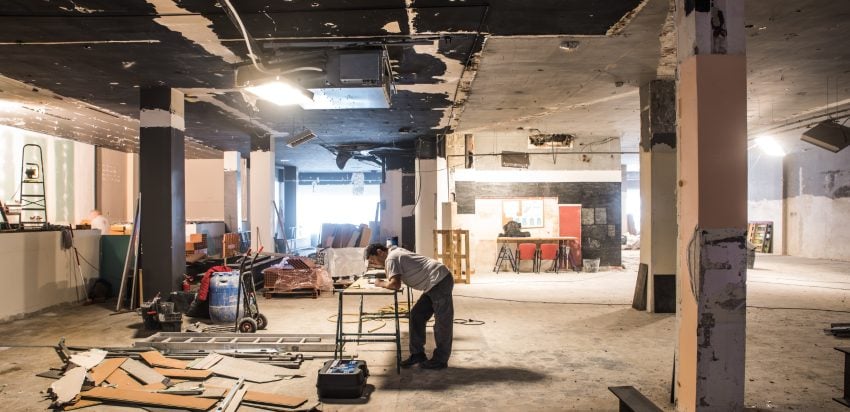The importance of coordination in the production of an interior design project
At Coblonal we handle a fairly broad notion of what we consider interior design. That is why today we are going to talk to you about the importance of coordination in the production of an interior design project.
The importance of coordination in the production of an interior design project
Often everything that would fall if we were able to turn the house or commercial space inside out is considered “interior design”. This way of defining “interior design” is very graphic and apparently clarifying, but in our opinion, it is very restrictive and similar to decoration.
We adopt a broader vision, perhaps too heterogeneous, but which reflects our team and our way of working. Our perspective is more architectural, introducing the redistribution of space as a starting point for any interior design project.

Space distribution
The idea, the concept, the design of a plan that works according to the needs and preferences of the client. At this point, the how becomes fundamental. We can think only of lines in a plant in two dimensions or pieces of furniture, volumes at different heights, all in three dimensions, considering the visual perception, the sensations, the feeling of spaciousness, and the transformation connection of the different spaces.
This is the first of our great values as a studio. The distribution of the space is key to the success of the project and in this distribution, we have already begun to design the volumes of the furniture, closings, and divisions.
Make design a reality
The second great value is how we turn this design into a reality. For this, we have a technical team with plenty of experience that first develops the entire executive project, the project’s instruction book, and values it financially with a wide range of contrasted professionals in each field.
The importance of coordination in the production of an interior design project lies precisely in the fact that the people who will be responsible for its development are involved from the outset in defining the best way and materials with which to build any project, especially if they concern a complexity or quality in the finishes as in most of our projects.
In this way, it is possible to plan and award the different works optimizing the quality, the costs, and the times in the execution. Coordination functions as a conductor who defines and controls how each job has to be carried out and the precise moment in which they must be carried out. Production coordination plans tasks to place orders at the right time, to minimize stockpiling, and at the same time ensure that all materials are available by the time they have to enter the scene.

Often, in an executive project, there are fringes to define that the client retains until they can see the effect on the environment and real pieces. It is when the site manager, the person in charge of production coordination, insists claiming that these aspects or finishes are already defined. You have noted the delivery times of each of the materials in what we call the critical path. To explain it in some way, the deadlines in which material orders must be made and the execution of certain works to optimize the delivery time.
It is the coordination who has a vision of the whole of the work and knows how any change or unforeseen can affect the global. If we start from a good project, good coordination is a guarantee of quality in all aspects of the execution of works of a project. Both economically, over time, and in the quality and durability of the result.
That is why when we offer the execution of a project we are interested in taking care of all the games in order to be able to coordinate them as a whole. This does not mean that the client cannot provide a trusted industrialist, as long as we are the ones who coordinate it with the rest.



